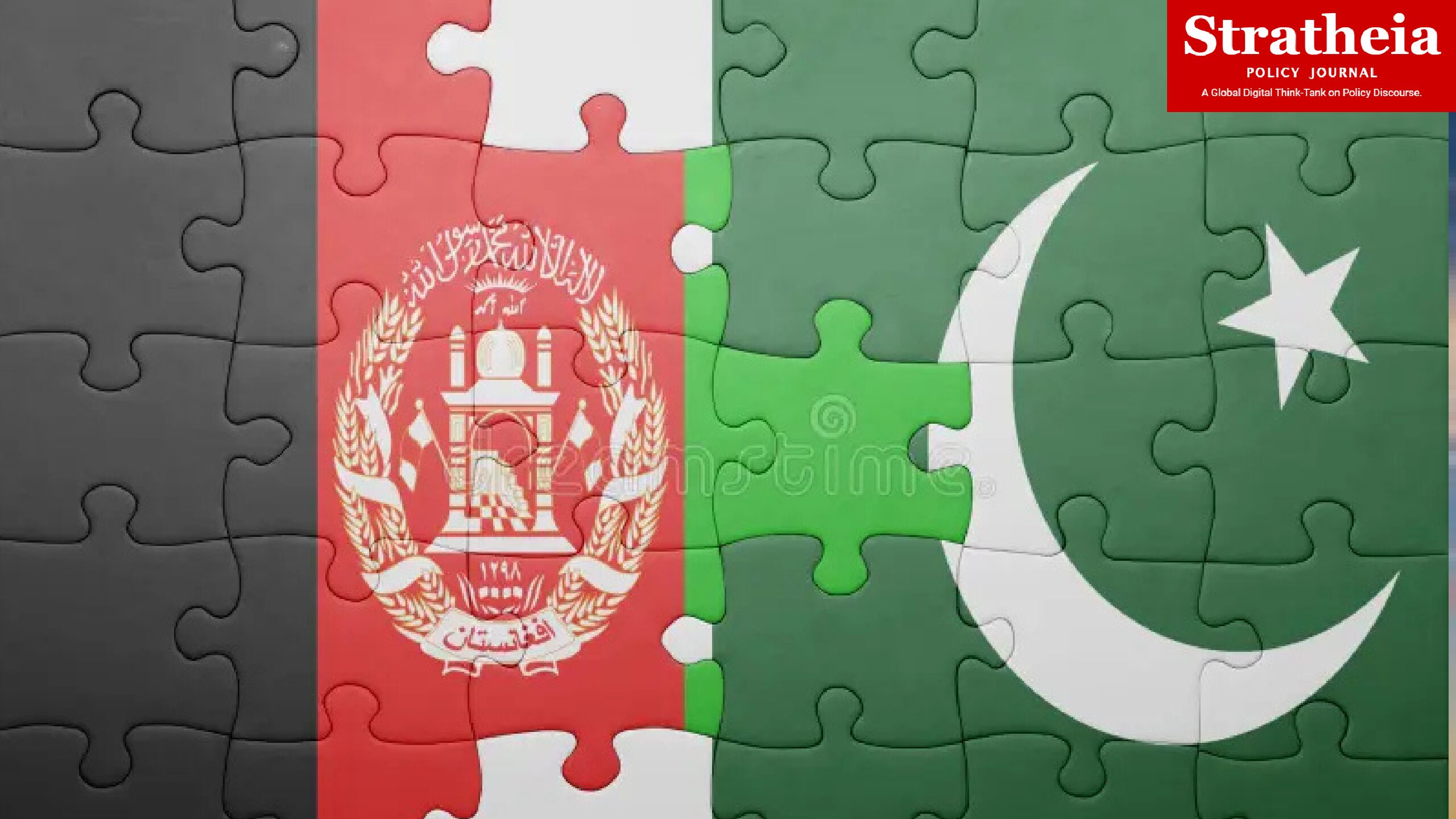The relationship between Afghanistan and Pakistan has often been described as a complex interplay of rivalry, interdependence, and shared history. Like the classic animated duo Tom and Jerry, they frequently find themselves at odds—engaging in political conflicts, trade disputes, and border tensions—yet remain fundamentally tied to each other in ways they cannot escape.
A Shared History and Interdependence
Afghanistan and Pakistan are bound by geography, religion, and culture. The 2,670-kilometer-long Durand Line separates the two nations, cutting through Pashtun-dominated regions that span both countries. The porous border has been a source of both opportunity and conflict, allowing for economic trade and cultural exchange while also enabling militant groups and illicit activities.
The Durand Line separates the two nations but fosters both cultural exchange and conflict through its porous nature.
Pakistan has long been a key player in Afghanistan’s affairs, particularly during the Soviet invasion of Afghanistan in the 1980s, when Pakistan became a staging ground for Afghan resistance forces with the support of the United States. More recently, Pakistan played a role in brokering negotiations with the Taliban, which culminated in their return to power in Kabul in 2021.
Despite these efforts, the relationship remains fraught with distrust, as Afghanistan often accuses Pakistan of harboring extremist groups, while Pakistan alleges Afghanistan provides sanctuary to anti-Pakistan militants.
The Endless Cycle of Rivalry
The relationship is punctuated by mutual blame and frequent diplomatic spats. Border clashes are common, and both nations routinely accuse each other of destabilizing actions. Afghanistan has accused Pakistan of supporting the Taliban to maintain influence over Afghan politics, while Pakistan views Afghanistan as a base for separatist movements and hostile intelligence operations.
Pakistan remains Afghanistan’s primary trading partner, yet trade is often disrupted by political tensions.
The “cat-and-mouse” dynamic extends to trade and economics. Pakistan remains Afghanistan’s primary trading partner, serving as a critical transit route for Afghan goods to the rest of the world. Yet, trade routes are often disrupted by political tensions, leaving both nations economically hamstrung.
For Afghanistan, Pakistan provides vital access to ports like Karachi, while for Pakistan, a stable Afghanistan is essential for regional connectivity projects like the China-Pakistan Economic Corridor (CPEC).
Can’t Live With Each Other, Can’t Live Without Each Other
Despite their adversarial interactions, Afghanistan and Pakistan cannot afford to sever ties entirely. Their economic, social, and security needs are too intertwined. Millions of Afghan refugees live in Pakistan, and cross-border trade and remittances are lifelines for many on both sides. Similarly, peace and stability in one country directly impact the other, especially given the shared threat of extremist violence.
Both nations accuse each other of harboring extremist groups, fueling distrust and diplomatic spats.
International pressure also plays a role in binding the two together. Both nations are often called upon by global powers to cooperate in addressing terrorism, drug trafficking, and regional stability. However, their internal political complexities and mistrust make this cooperation fragile at best.
A Path Forward?
The Tom-and-Jerry metaphor encapsulates the cyclical nature of the Afghan-Pakistan relationship: periods of détente followed by inevitable conflict. Breaking out of this pattern requires addressing the root causes of their animosity—border disputes, mutual security concerns, and economic dependency.
One possible avenue is fostering deeper regional integration through initiatives like the Afghanistan-Pakistan Transit Trade Agreement and involving neighboring countries in confidence-building measures. Additionally, addressing the grievances of marginalized ethnic groups on both sides of the border could help reduce the appeal of extremist narratives.
Peace and stability in one country directly impact the other, underscoring their intertwined futures.
Afghanistan and Pakistan are, in many ways, locked in a geopolitical dance that neither can exit. Like Tom and Jerry, they may fight endlessly, but their fates are inextricably linked. For the sake of their people and regional stability, both nations must find ways to work together, even if their mutual mistrust continues to cast a long shadow over their relationship.
Disclaimer: The opinions expressed in this article are solely those of the author. They do not represent the views, beliefs, or policies of the Stratheia.


